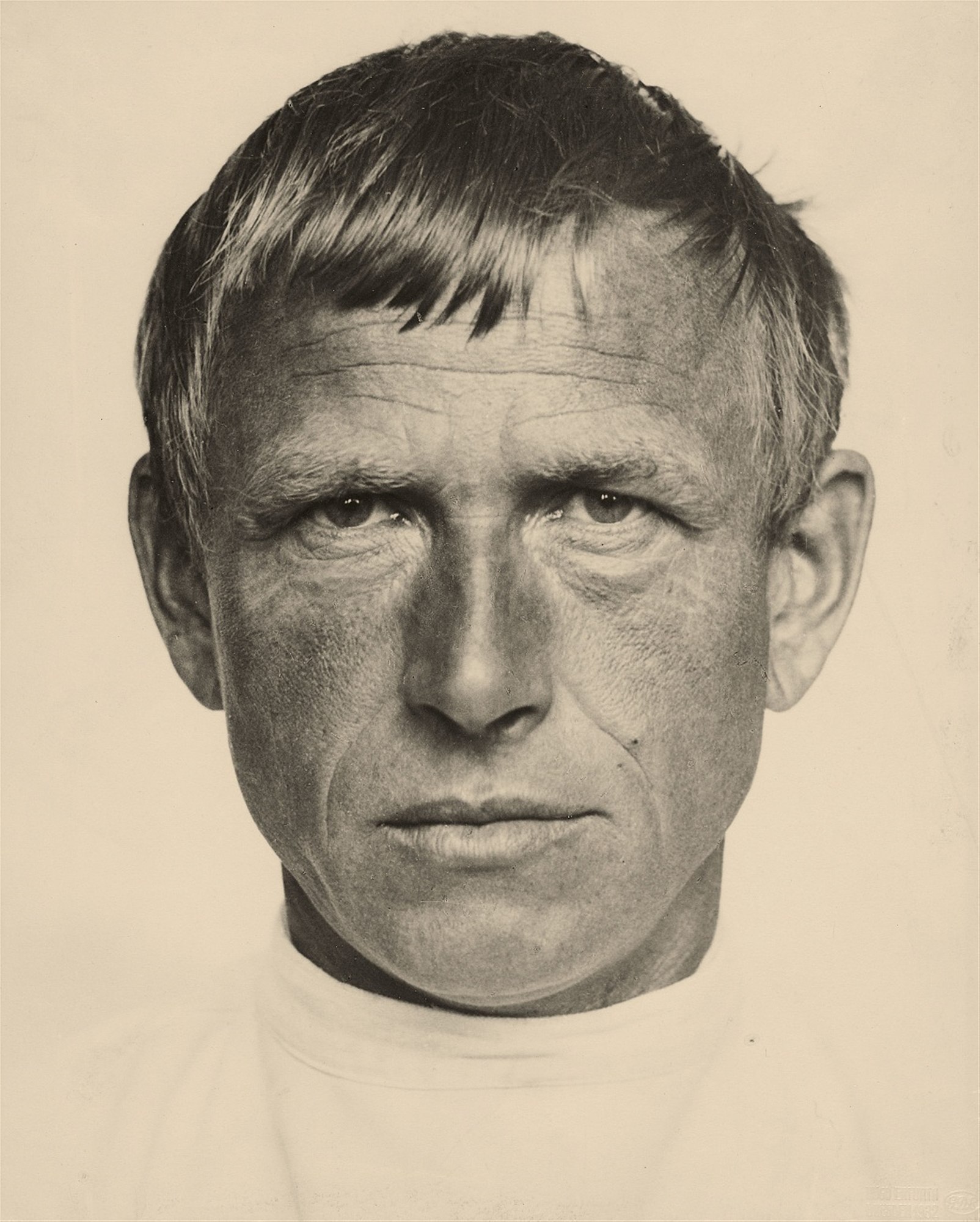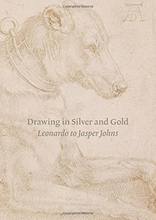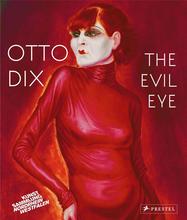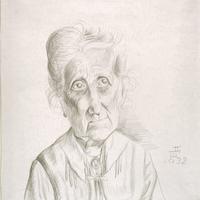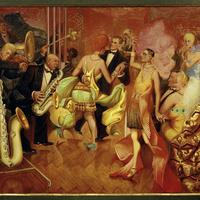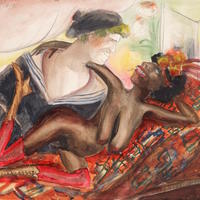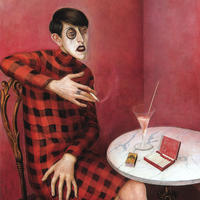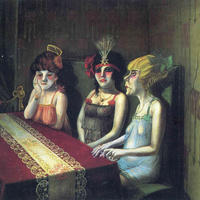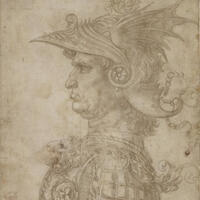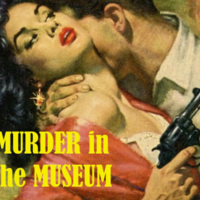More about Otto Dix
- All
- Info
- Shop

Sr. Contributor
Born in Germany, Otto Dix rose from working class origins to become the primary visual poet of the Weimar Republic- a world of rancid decadence between the wars.
He’s the voice of the “Lost Generation” with a German accent; returning from World War I to record his horrifying memories of the war, and the sleazy glamour of modern German life. While Hitler was tinkering with his pretty little watercolors, Dix was painting amputated veterans, grotesque hookers, and raunchy party scenes.
His paintings are like a John Waters version of Fritz Lange’s film Metropolis (1927). Dix was particularly fond of depicting “lustmord” (literally “lust killing”), which consists of gory scenes of murders, rape and serial killers. A passionate troublemaker even in the days before Nazi oppression, Dix painted a scene of decomposing bodies on the Western Front on commission by the Wallfraf-Richartz Museum. The cultural powers that be were so horrified that they hung a curtain over the painting, and the mayor forced the museum director to resign.
The Hitler camp was also less than enthusiastic about Dix’s biting satires of German social collapse and military brutality. He was labeled a “degenerate” artist, and his work was featured in the notorious Degenerate Art Exhibition in Munich in 1947. The Nazi government funded this exhibition featuring the very best of German expressionism and modernism and touted the art as symbolic of the genetic inferiority and immorality of the artists. The idea was to remind good Aryan Germans exactly what culture shouldn’t be. However, it wasn’t Aryan drones but over a million international art lovers and students who flocked to Munich to see the greatest collection of modern art ever assembled. As usual, Hitler wasn’t the most savvy art critic. (The Führer also believed that the erotic propaganda of Adolph Ziegler, “Official pubic hair painter to the Reich,” would outsell Leonardo da Vinci.) Dix’s paintings were tragically burned after the show.
The Nazi power machine eventually forced Dix to paint only saccharine landscapes. But he still found time to sneak in the occasional satirical allegory under the authorities' noses. He was also arrested for a supposed attempt to assassinate Hitler. Busy guy, he even found time to seduce, run away with and marry his best buddy, Dr. Hans Koch’s wife. He and Koch remained good friends, and Koch was remarried to his ex-wife’s sister, making them brothers-in-law. That means that 75% of the extended family had had sex with each other. Holidays must have been awkward.
Featured Content
Here is what Wikipedia says about Otto Dix
Wilhelm Heinrich Otto Dix (
German: [ˈvɪlhɛlm ˈhaɪnʁɪç ˈʔɔtoː ˈdɪks]; 2 December 1891 – 25 July 1969) was a German painter and printmaker, noted for his ruthless and harshly realistic depictions of German society during the Weimar Republic and the brutality of war. Along with George Grosz and Max Beckmann, he is widely considered one of the most important artists of the Neue Sachlichkeit.
Check out the full Wikipedia article about Otto Dix

